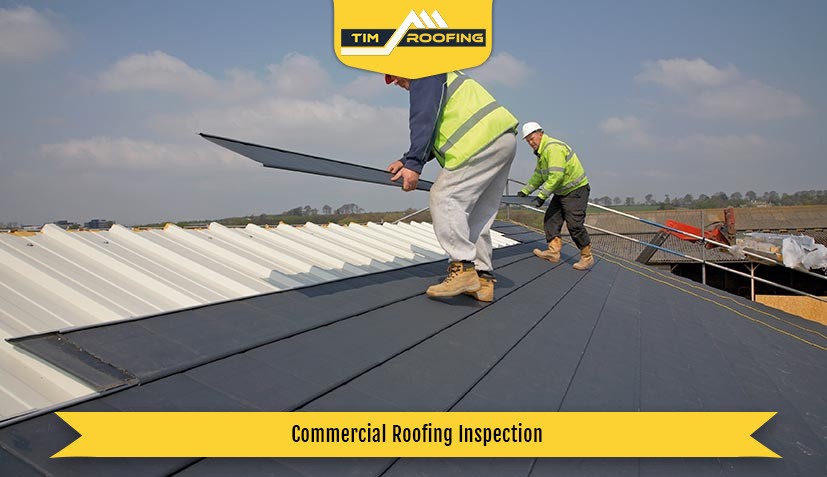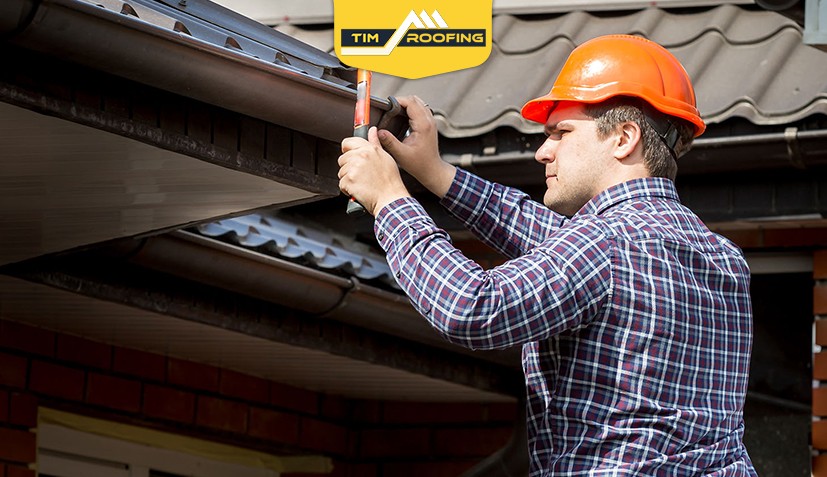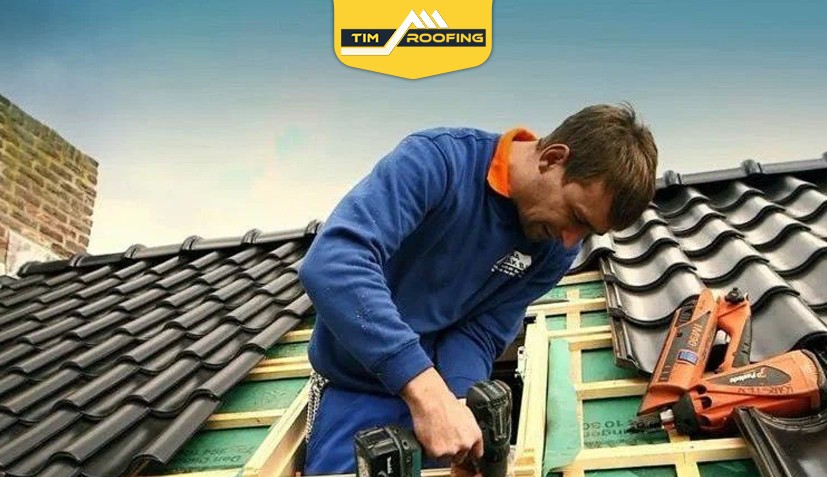The Different Areas of Your Commercial Roof We Inspect
When conducting a commercial roof inspection in Hacienda Heights, it is important to inspect all of the different components of the roof. Here are the main parts of a commercial roof that we check:

Roofing membrane
This is the outermost layer of the roof that protects against the elements. It is inspected for tears, punctures, cracks, and other damage.
Flashing
Flashing is the material that is used to seal and protect roof penetrations such as chimneys, vents, and skylights. It is checked for signs of cracks, rust, or other signs of wear and tear.
Roof edges and parapets
These are the perimeter edges of the roof and should be checked for any signs of damage or wear.
Gutters and downspouts
These are the drainage components of the roof and should be checked for blockages, cracks, or other damage.
Roof insulation
The Insulation is inspected for any signs of moisture, mold, or other damage
Rooftop equipment
Checking any equipment located on the roof, such as HVAC units, for any signs of damage or wear.
Skylights
They are inspected for cracks or other damage to the skylight itself, as well as any flashing or seals around it.
Roof access points
All access points to the roof, such as ladders or roof hatches, will be inspected for any signs of damage or wear.
Common Signs of Commercial Roof Damage and What Do They Indicate
Here are some common signs of damage that you may see on a commercial roof and what they may indicate

Cracks and splits
These can be caused by exposure to harsh weather conditions, age, or improper installation. They can lead to water infiltration, which can cause significant damage to the roof structure and insulation.
Blistering and bubbles
These are caused by trapped moisture or air beneath the roof surface. They can lead to cracking and peeling of the roofing material, which can allow water to penetrate the roof.
Ponding water
Water that remains on the roof for more than 48 hours after rainfall indicates poor drainage. This can cause water to seep through the roofing material and damage the roof structure.
Vegetation growth
Moss, algae, and other vegetation growing on the roof surface indicate excess moisture, poor drainage, or insufficient sunlight. These can damage the roofing material and lead to water infiltration.
Missing or damaged flashing
Flashing around vents, chimneys, and other roof penetrations that are damaged or missing can cause water infiltration.
Crumbling or deteriorating caulking
Caulking that is crumbling or deteriorating around roof penetrations can allow water to seep through and damage the roof structure
The Different Methods We Use for Commercial Roof Inspection in Hacienda Heights
There are different methods we use for commercial roof inspection in Hacienda Heights, depending on the type of roofing system, the age of the roof, and the level of damage. Get in touch with Tim Roofing to know more on all methods. Here are some of the most common methods:

Visual Inspection
A visual inspection of the roof is conducted by a trained inspector. The inspector walks around the roof looking for signs of damage or wear and tear.
Infrared Scanning
In this advanced inspection method, infrared cameras are used to detect temperature changes in the roof, which can indicate areas of moisture infiltration.
Core Sampling
Samples of the roofing material are taken to determine its condition and composition.
Moisture Surveys
Moisture meters or other specialized equipment are used to detect areas of moisture infiltration in the roofing system.
Electronic Leak Detection
This method uses electrical currents to detect leaks in the roofing system.
Structural Analysis
This method involves a detailed analysis of the roof structure to identify any potential weaknesses or structural damage.
What is Included in Our Commercial Roof Inspection Report?
Here are some common items included in a commercial roof inspection report and their description:
| Item | Description |
|---|---|
| Roof Type | The type of roof system in place (e.g. flat, sloped, metal, built-up, single-ply, etc.) |
| Roof Age | The age of the roof system and it’s estimated remaining useful life |
| Roofing Material | The type and condition of roofing materials used (e.g. shingles, tiles, metal panels, etc.) |
| Flashing | The condition and installation of metal or other materials used to seal joints and edges of the roof system |
| Drainage | The condition of gutters, downspouts, scuppers, and other drainage components, including their size and capacity |
| Penetrations | The condition of pipes, vents, HVAC units, skylights, and other penetrations through the roof, and the quality of the sealants and flashings around them |
| Membrane Condition | The condition of the roof membrane, including any signs of cracking, blistering, or other damage |
How Do We Check for Structural Damage on Commercial Roofs?
Inspecting for structural damage on a commercial roof requires a careful and thorough approach. Here are the steps we follow to inspect for structural damage
- Look for signs of structural damage: The roof is inspected for any signs of structural damage, such as sagging, buckling, or deformation. These can indicate underlying issues with the roof structure.
- Inspect the roof decking: Next, the roof decking is checked for signs of water damage or rot. This can weaken the structure and compromise the roof’s integrity.
- Inspect the roof supports: Now, we will check the roof supports, including trusses and beams, for any signs of damage or wear and tear.
- Check the roof penetrations: All roof penetrations, such as vents and pipes, will be inspected for signs of damage. These can compromise the roof’s structural integrity and lead to water infiltration.
- Inspect the insulation: The insulation will be checked for any signs of water damage or deterioration. This can affect the thermal efficiency of the roof and cause further damage.
- Check the drainage system: At this stage, the drainage system on the roof will be thoroughly checked. These include gutters and downspouts, to ensure they are functioning properly. Poor drainage can lead to water accumulation on the roof, which can cause structural damage.
- Document any damage: Any damage found during the inspection will be properly documented, including photographs and written notes.

